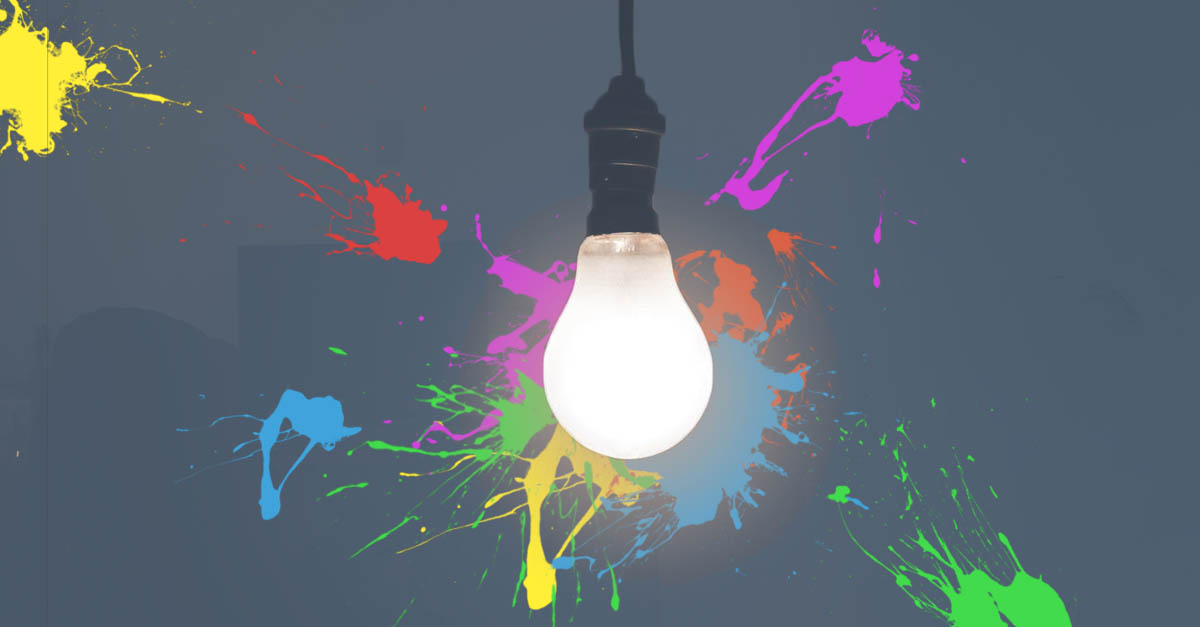In the vast expanse of the digital age, content creation has become an art form as much as it is a science. From captivating blog posts and engaging social media updates to visually stunning videos and podcasts that resonate with the soul, content creation is the heartbeat of online communication. Yet, for many, it remains a mystifying process, an alchemical blend of creativity and strategy that seems elusive. However, in the digital age, content creation is not reserved for a select few; it’s a skill that can be cultivated and mastered by anyone willing to embrace the creative journey.
At its core, content creation is about expressing ideas, stories, and emotions in a format that captures the audience’s attention and leaves a lasting impression. It’s the bridge between raw creativity and effective communication, requiring a delicate balance between innovation and relevance. The digital age has democratized content creation, allowing individuals and businesses to share their narratives with a global audience. To demystify content creation is to understand its fundamental principles and embrace the creative process.
Creativity is the cornerstone of content creation. It’s the spark that ignites imaginations and gives birth to innovative ideas. Creativity is not limited to artists and writers; it’s a mindset, a way of seeing the world with fresh eyes and approaching problems with unconventional solutions. In the digital age, where trends evolve rapidly, creative content stands out amidst the noise. Embracing creativity means embracing experimentation – trying new formats, exploring diverse topics, and pushing the boundaries of conventional storytelling.
Understanding the audience is paramount in content creation. Every piece of content is crafted with a specific audience in mind. Whether it’s millennials interested in sustainable living or professionals seeking career advice, knowing your audience’s demographics, preferences, and challenges informs the content creation process. Audience analysis guides the tone, style, and content delivery methods, ensuring that the created content resonates with the intended recipients.
Storytelling remains one of the most powerful tools in content creation. Human beings are wired to respond to stories – they evoke emotions, create connections, and make information memorable. Whether it’s a brand narrative, a customer testimonial, or a personal anecdote, stories captivate the audience’s attention and provide context to the content. Effective storytelling involves creating relatable characters, building tension, and delivering a resolution that leaves a lasting impact.
In the digital age, visual elements play a pivotal role in content creation. Infographics, videos, images, and interactive graphics enhance the audience’s understanding and engagement. Compelling visuals not only make the content aesthetically pleasing but also convey complex information in an accessible manner. With the rise of social media and multimedia platforms, visual storytelling has become an indispensable part of content creation.
Consistency and authenticity are the pillars that uphold a brand’s identity in the digital realm. Consistent branding across various platforms creates a unified experience for the audience, making the brand recognizable and trustworthy. Authenticity, on the other hand, builds trust and credibility. Authentic content reflects the brand’s values and connects with the audience on a personal level. It’s the genuine voice of the brand that resonates with authenticity-hungry consumers.
Collaboration and adaptability are vital skills for content creators in the digital age. Collaboration allows creators to tap into diverse perspectives, expanding their creativity and reaching wider audiences. Whether it’s collaborating with influencers, other content creators, or experts in specific fields, partnerships bring fresh ideas and enhance the quality of content. Adaptability, on the other hand, is essential in navigating the ever-changing digital landscape. New platforms, trends, and technologies emerge constantly, requiring content creators to adapt their strategies and techniques to stay relevant.
In conclusion, content creation in the digital age is a multifaceted endeavor that requires a harmonious blend of creativity, audience understanding, storytelling, visual communication, consistency, authenticity, collaboration, and adaptability. Aspiring content creators and established professionals alike can demystify the process by embracing these principles and viewing content creation not as an enigmatic art but as an evolving craft that can be honed through passion, practice, and a willingness to explore the boundless possibilities of creativity in the digital realm.

